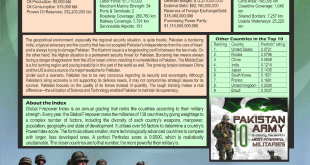The WID/GAD (Women in Development/Gender and Development) policy matrix examines as to what policy approaches have been successfully used in the past regarding development of women. It also identifies the best policy matrix that can be applied in future to achieve the desired results. Moser, in this connection, has identified following five different approaches.
Welfare: It is the earliest approach. It remained predominant in 1950-1970. It is popular even today. Its main objective was to bring women into the fold of development as better mothers. The welfare approach recognizes women in their reproductive roles only. Women are seen as passive beneficiary of development. Its objective, therefore, is to meet women’s practical gender needs in their roles as mothers. The welfare approach can be dubbed as “top-down” as it does not challenge women’s existing subordinate position.
Equity: The original WID approach emerged during 1976-85 – United Nations Decade for Women – and it was widely used during this period. Its main objective was to gain equity for women. This approach recognizes women as active participants in the development. It recognizes women’s triple role and seeks to meet strategic gender needs through direct state intervention giving political and economic autonomy and reducing inequality with men. Unlike welfare approach, it challenges women’s subordinate position. It is criticized as Western feminism and is often considered threatening to men. It is unpopular with the governments.
Anti-Poverty: This WID approach is supposed to be a toned-down version of equity approach and it was adopted from 1970s onwards. Its purpose is to ensure that poor women move out of poverty trap by increasing their productivity. Women’s poverty is seen as a problem of underdevelopment, not of subordination. This approach recognizes the productive role of women and seeks to meet their practical and gender needs to earn an income particularly in small-scale income-generation projects. It is still the most popular with NGOs.
Efficiency: The third, and a predominant, WID approach has been adopted particularly since 1980s debt crisis. Its purpose is to ensure that development is more efficient and effective through harnessing women’s economic contribution, with participation often equated with equity. It seeks to meet women’s practical gender needs, recognizing all three roles. The approach gives an elastic concept of women’s time. Women are seen primarily in terms of their capacity to compensate for declining social services by extending their working day. It’s a very popular approach.
Empowerment: This is the most recent approach articulated by Southern women. Its purpose is to empower women through greater self-reliance. Women’s subordination is expressed not only in terms of male oppression but also in terms of colonial and neo-colonial oppression. It recognizes the triple role and seeks to meet strategic gender needs indirectly through grassroots mobilization of women; for example, through organizing women’s groups which can make demands for their practical gender needs to be met.
 Jahangir's World Times First Comprehensive Magazine for students/teachers of competitive exams and general readers as well.
Jahangir's World Times First Comprehensive Magazine for students/teachers of competitive exams and general readers as well.



